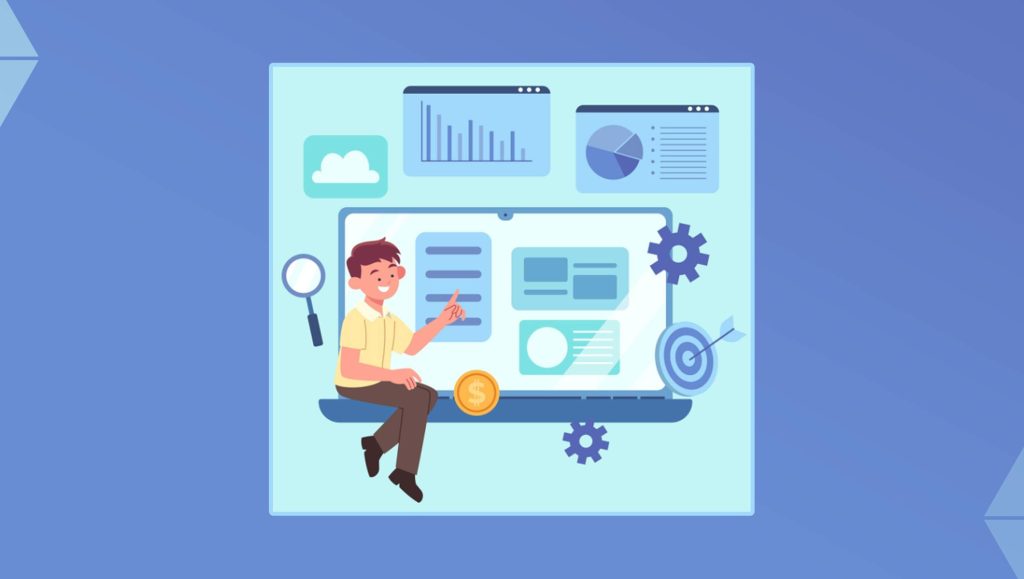Don Cooper, Vice President of Global Alliances at Aras, shares pointers on building healthy revenue streams through alliances and partnerships in this SalesTechStar interview:
___________
Tell us about yourself and your sales journey? What about being in Sales piques your interest most?
I grew up on a farm in the Midwest, where I developed a strong work ethic and problem-solving skills from an early age. I went on to study industrial technology at Purdue University, which set the foundation for my career in sales. My first role in sales involved selling hydraulic and pneumatic equipment to industrial manufacturing companies. After earning my MBA, I transitioned into the software industry, specifically in the world of Product Lifecycle Management (PLM), which has been a key focus of my career. Over the years, I’ve had the opportunity to take on a variety of roles—frontline seller, sales manager, and leading business units. These experiences have given me a holistic perspective on the sales process and the value it delivers.
What excites me most about being in sales is the chance to help customers solve complex challenges and achieve measurable value, especially through the adoption of digital thread technologies. I find it incredibly rewarding to see the impact that innovative solutions can have on a customer’s business.
How can B2B sales leaders and business heads drive better growth cycles with improved channels and alliances?
From my perspective, there are three key components:
- Alignment: Success starts with aligning channels to the right market segments. This means focusing on areas where your partners have domain expertise and geographic coverage, enabling them to deliver the most value to customers. It’s also essential to define and reinforce specific sales plays that focus on high-value opportunities. By emphasizing common and proven sales approaches across alliances and channel partners, you create a concentrated effort that drives growth in targeted areas.
- Compensation: Channel partners need a clear and compelling incentive to invest their time and resources. A well-structured compensation model that ensures they can achieve profitability by reselling your product is critical. This encourages greater commitment and focus from your partners.
- Support: Providing robust support is key to empowering partners to succeed. This includes helping them market, sell, and support your products effectively. Equipping them with the necessary tools, training, and resources ensures they can confidently address customer needs and deliver value.
Read More: SalesTechStar Interview with Hayden Stafford, President & Chief Revenue Officer at Seismic
We’d love to hear a few best practices you’ve come away with over the years when it comes to establishing global partnerships and alliances for the tech market?
There are a few best practices I’ve learned over the years:
- Regional segmentation: Clearly defining the segmentation within each region is essential. This involves aligning direct sales efforts with accounts you manage directly while identifying the accounts that channel partners should focus on. Segmentation builds trust with channel partners and ensures alignment with your overall market strategy. It’s essentially a divide-and-conquer approach that maximizes coverage and efficiency.
- Partner support: Providing robust support to partners is critical for building and maintaining a strong pipeline. This includes collaborating on marketing activities, offering presales assistance for new opportunities, and establishing an inside/outside support model to guide how you work together. The goal is to create a framework where partners feel equipped to succeed while driving mutual growth.
- Leveraging alliance expertise: When working with alliance partners, it’s important to let them lead in areas where they have domain expertise. Equipping them with the technical knowledge they need to understand your product and position it effectively in their market is essential. By empowering partners with the right tools and insights, you enable them to add value in their specialized areas while driving adoption and growth.
How can modern sales and marketing teams derive a more balanced channel structure to ensure healthy revenue breakdown from different sources (alliances, others.).
First, I would emphasize focused coverage. A balanced structure begins by clearly defining the areas where coverage is needed. For example, above a certain threshold, the direct sales team can handle larger accounts or more strategic opportunities, while alliances and resell partners focus on opportunities below that threshold. This approach ensures complementary efforts, with each channel contributing to overall revenue in a way that maximizes their strengths.
Awareness and demand generation are also key. The company should provide broad “air cover” by driving brand awareness and communicating value at a global level. This creates a foundation that channel partners can amplify locally. By empowering channel partners to create demand within their regions or sectors, you ensure deeper penetration and greater alignment with market needs.
Some of the salestech, revtech and other SaaS tools you’ve relied on to drive sales experiences often?
I’ve used several tools that have significantly enhanced alignment, efficiency, and performance across the sales process. One that stands out is Seismic, a sales enablement platform that has been particularly effective for working with channel partners. It ensures everyone is on the same page regarding sales collateral, plays, and motions, creating consistency and alignment. Its scalability is especially valuable, allowing partners to access resources on a self-serve basis, which is ideal for managing a one-to-many approach.
Another tool is Salesforce. Integrating both internal teams and channel partners within Salesforce creates efficiencies and enables partners to become more self-sufficient. This shared platform streamlines operations and enhances collaboration across the board.
Clari is an internal tool I’ve relied on to complement Salesforce. It provides detailed intelligence on opportunity stages, deal aging, and reporting, making forecasting and pipeline management much simpler. With its insights into deal probabilities and overall pipeline health, Clari has been instrumental in improving predictability and driving better decision-making.
Five thoughts on the future of selling, salestech and AI before we wrap up?
- Enterprise selling will continue to be a challenge, particularly in industries like ours where product differentiation can sometimes be complex for buyers to fully grasp. While AI will introduce new capabilities, the need for skilled sales professionals to facilitate meaningful conversations and solutioning will continue to be essential.
- Buyer personas are shifting. In the past, targeting a single decision-maker within an organization was common. Now, decisions are increasingly made by groups, requiring a more nuanced approach to address the needs of collective buyer personas solving complex business problems together.
- Sales technology is becoming more prescriptive and frictionless, empowering salespeople with self-service capabilities. Modern tools allow sellers to easily access campaign information and resources, reducing reliance on others and streamlining the sales process.
- AI is transforming how we nurture and develop prospects. It enables deeper insights into where customers are in their buying journey and what they need to see next. This makes it possible to deliver more personalized and timely engagements. Over time, customers will likely demand even greater self-service capabilities in the evaluation and selection process, building on the current trend where most purchases begin with online discovery.
- Over time, the level of sales expertise required will evolve based on the complexity of the sale. Subject matter experts will remain essential for navigating complex sales cycles, but advancements in technology and self-service capabilities will reduce the need for direct interaction in lower-complexity sales.
Read More: How SalesTech is Reshaping Buyer-Seller Dynamics?
Aras is a technology company specializing in Product Lifecycle Management (PLM) and digital thread solutions, with a low-code development platform named Aras Innovator.
Don Cooper is Vice President of Global Alliances at Aras




























